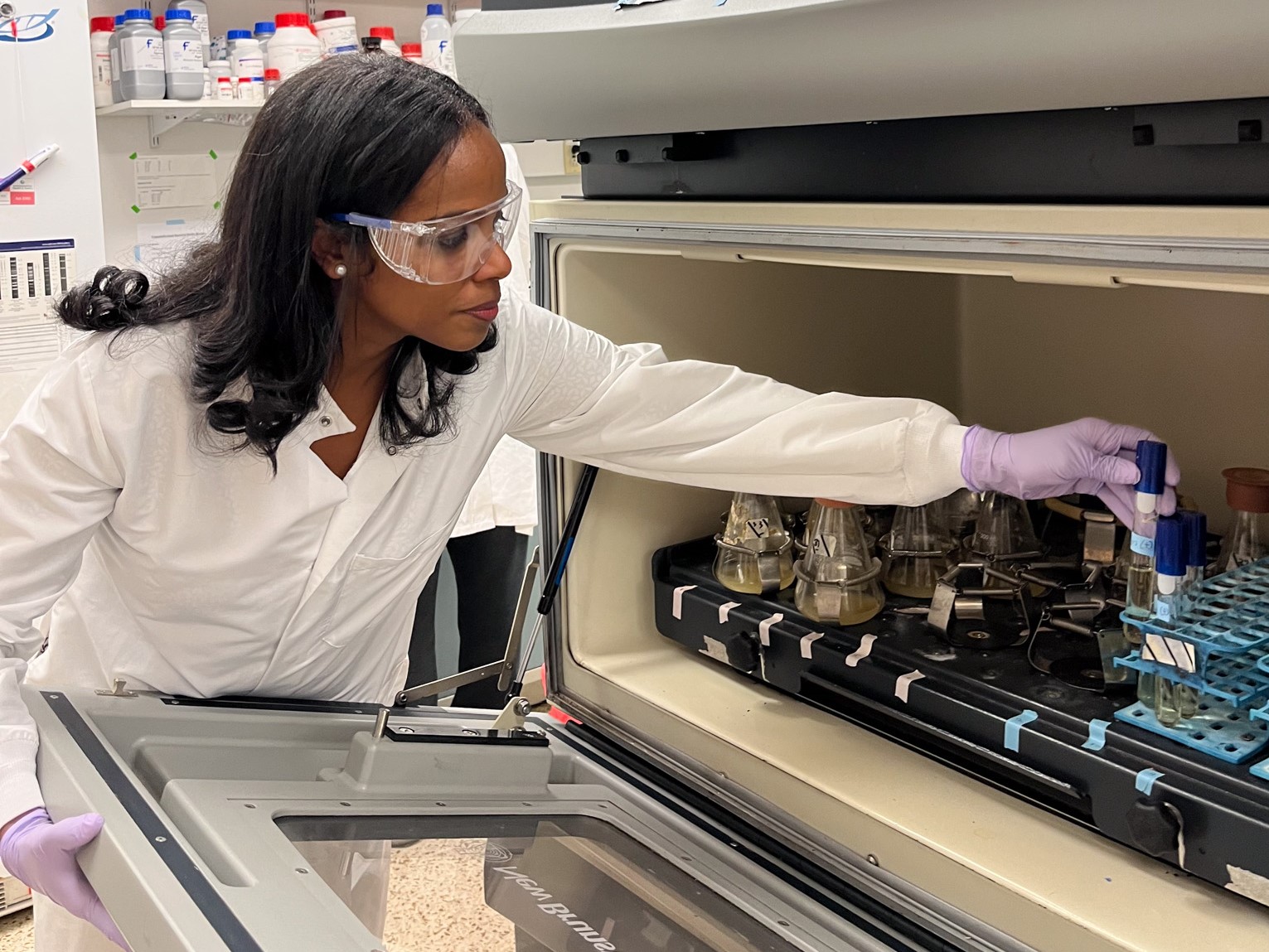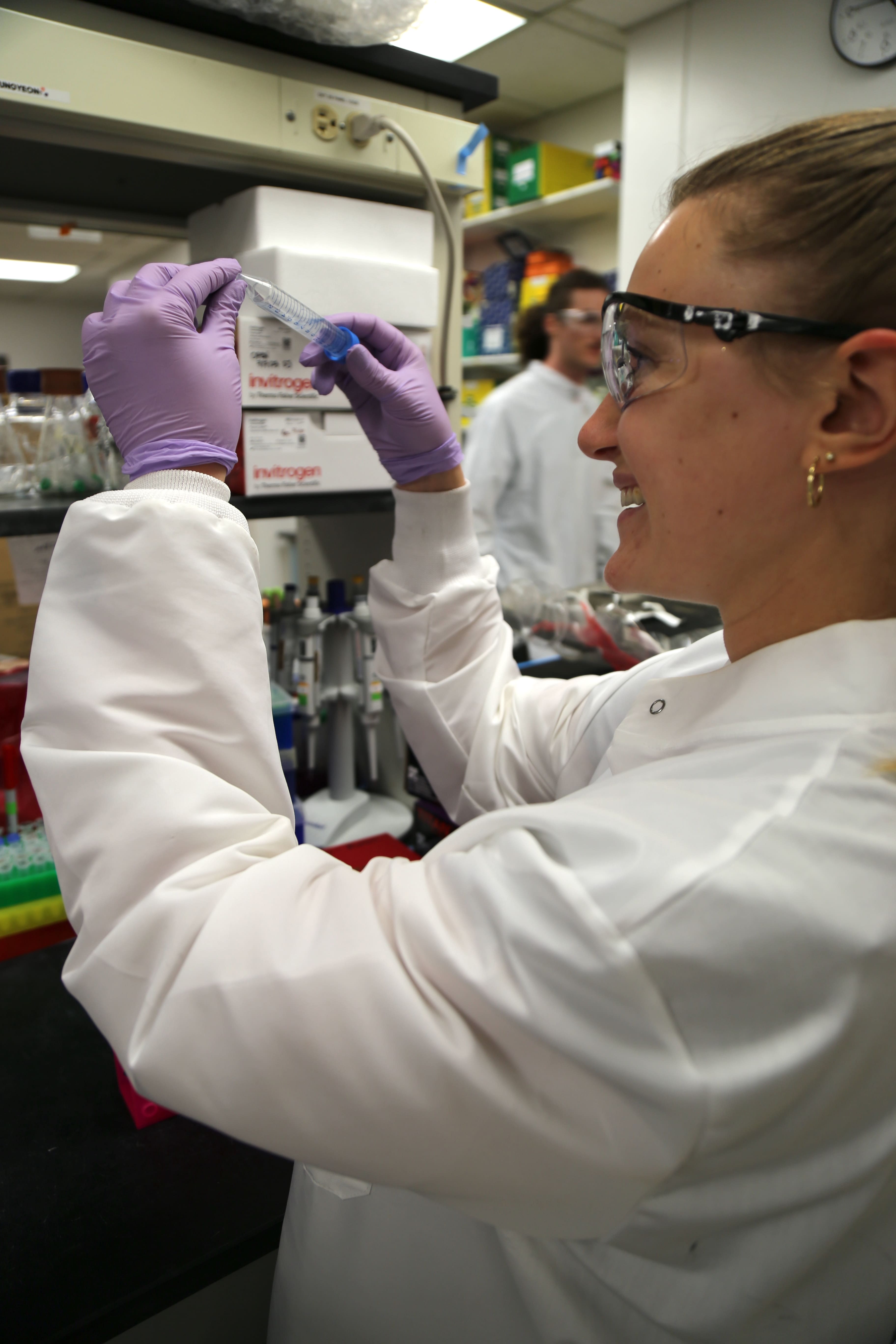
It's a well-known fact that air quality can impact our health. It's something that can be seen all the way down to the cellular level, as different pollutants in the air can influence biophysical cell characteristics.
Texas researchers are diving deep into this phenomenon, aiming to answer the question of how different types of respiratory cells handle the stress of toxic pollutants. More specifically, they're investigating cell shape, how it may serve as a distress signal of toxic air pollution and the impact of different mixtures of pollutants.
"The goal is to start determining the markers that signify that certain populations will be more vulnerable to air pollution," said Lydia Contreras, a professor in the Cockrell School of Engineering's McKetta Department of Chemical Engineering and leader on the project. "If we can figure that out, then perhaps we can predict those that are more at risk of experiencing pollution-related health effects."

The Research: In previous work, Contreras and her team discovered that air pollution influences gene expression in cells, altering production of proteins, RNA and DNA. Doing this required extensive biochemical techniques and analysis to retrieve the RNA and other molecular biomarkers from the cell post exposure to various sources of air pollution.
It's much easier to look at the overall shape characteristics of the different cells, which is the focus of a new grant from the Hypothesis Fund. That can be done with live cells under a microscope.
They're looking specifically at how shape changes in the different cells within a population correspond to different mixtures of particulate matter in the air. This will help identify the relative toxicity of those pollutant mixtures.
“There are underlying complex patterns in gene expression underneath these physical changes that might tell us an easier story about the propensity of air pollution toxicity," Contreras said. "If a river turns red, you can see that pretty easily, and that might lead you to the question of why this is happening, and that's what we're looking at."
Why It Matters: From the moment someone is born, the air they breathe can have a tremendous impact on their physical health. By understanding the impacts of air pollution on various cells, it may become easier to treat and prevent respiratory problems.
All cells react to air pollution differently. This is true even for cells that make up the same tissue (i.e. within lung tissues). The researchers will study the characteristics of individual cells and types of cells to determine what makes them more vulnerable or more resistant to toxic air pollution effects.
Basic understanding of how different pollutants interact with different types of cells will make it easier to understand how larger systems, whether those are individual organs or even whole bodies may react to air pollution. This could enable predictions of how different people will be impacted by different types of air pollution.
"As early as when we are developing in the uterus, air quality matters and can impact our health," Contreras said. "This has major implications when we think about the early experiences – and the places we live – that put us on our long-term health path."
What's Next: Having worked on environmental stressors and cellular responses for more than a decade, Contreras and her team have developed new techniques and machine learning algorithms to simulate biochemical air pollution effects with samples that capture pollution chemistries from around the world, from Prague to St. Louis and beyond. The team is working with S.V. Sreenivasan, a professor in the Walker Department of Mechanical Engineering, to prototype devices that would enable this work at larger scale.
This work is also largely interdisciplinary and has benefitted from other key collaborators at UT Austin including: Lea Hildebrandt Ruiz, a fellow chemical engineering and air quality expert; and Elizabeth Matsui of the Dell Medical School, an international expert on environmental exposures and their effects on asthma and other allergic conditions. Another important collaborator to this work has included the Jude Phillip’s lab at Johns Hopkins University.
The Hypothesis Fund provides seed grants to fund research projects at their earliest stages, typically before there is any preliminary data. Its funding is meant to be catalytic – a fast path to enable a scientist to “turn over the card” and see what’s there – and focuses on new research ideas.







